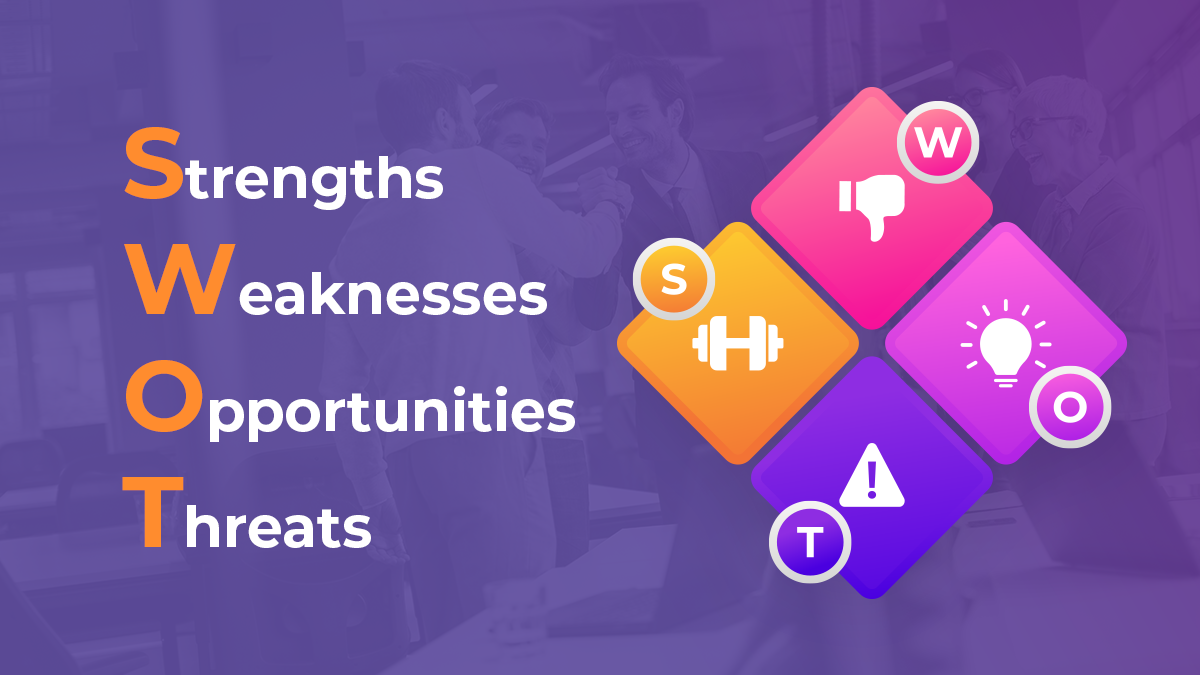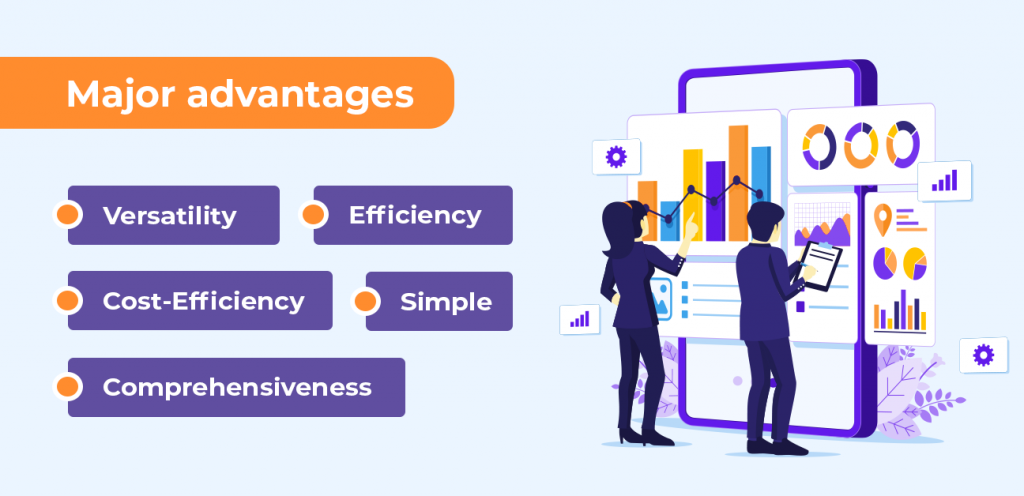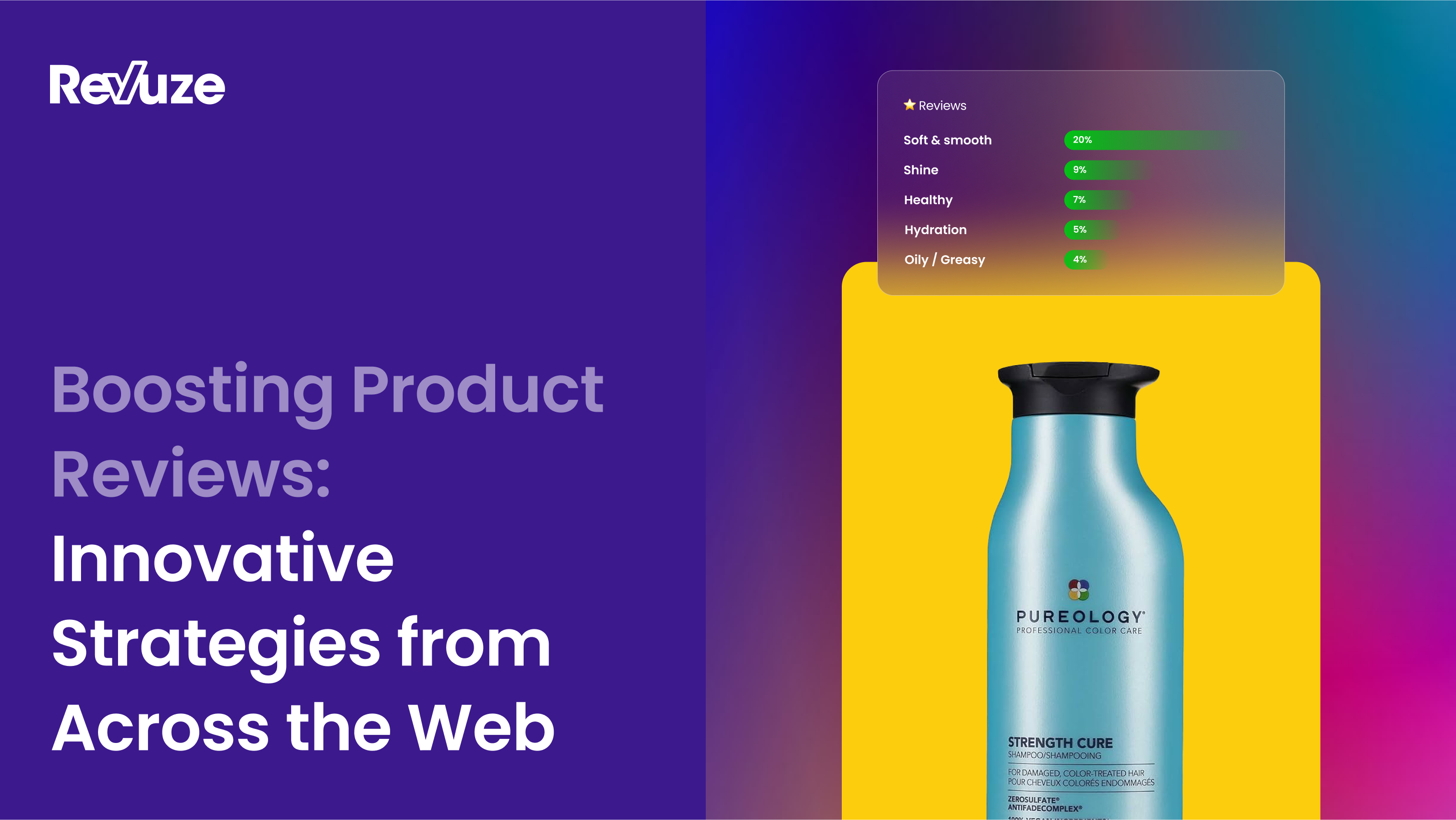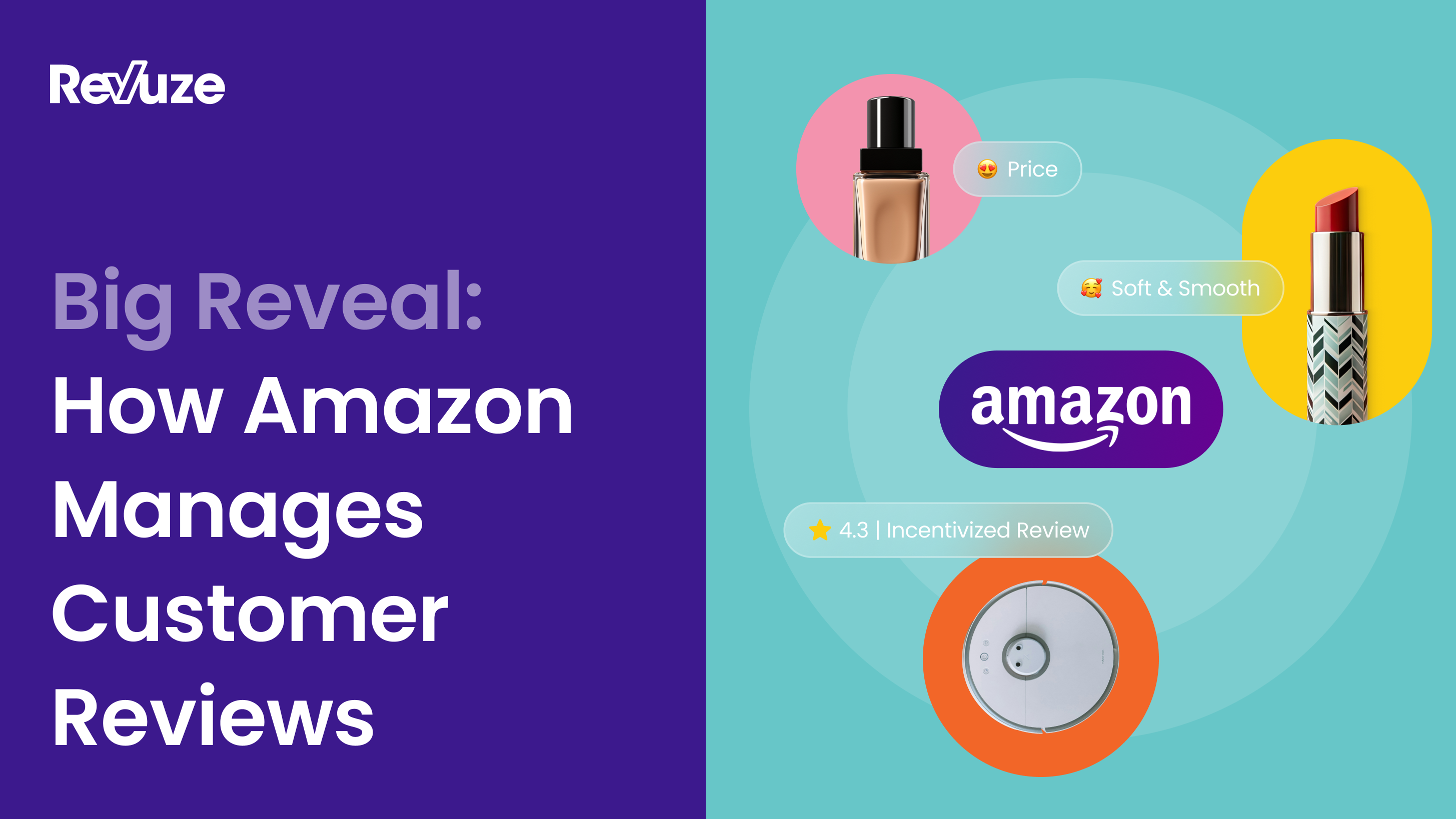
SWOT Analysis For Business Development
Wouldn’t you want to know what’s working well, and what’s not going so good before embarking on any new strategy or implementing any groundbreaking changes to a brand? So, it is probably worthwhile to stop and do some much-needed research.
SWOT Analysis is a great way to assess a business’s current market position.
In this article we’ll talk about what a SWOT analysis is, take a look at its four elements, and discuss its benefits, all so you can implement this method to gain a better understanding of the market and improve business performance.
What is SWOT Analysis?
Strengths, Weaknesses, Opportunities, and Threats (SWOT) Analysis is a technique for evaluating a business’ market position and enabling quality strategy development. First created by Albert Humphrey in the 1960s, SWOT analysis is one of the most popular methods for data-driven assessment of internal and external factors, helping businesses take an extensive and thorough look at their strengths and weaknesses.
Sometimes referred to as Internal-External Analyses or IE matrices, SWOT analysis can be applied both to an entire brand and a specific product or service. It is often used to determine a business’ growth potential and trajectories, but also helps assessing how well a certain project, like a new marketing campaign, is doing.

The four elements of SWOT analysis
SWOT analysis has four core elements – Strengths, Weaknesses, Opportunities, and Threats.
A SWOT analysis focuses on these four elements, analyzing these positive and negative elements allows businesses to identify the major forces influencing current strategies or future innovation design.
Understanding these elements and how they apply to a brand or product helps data-driven decision making, such as resource allocation, product launch timing and brand innovation strategy.
When conducting the analysis, the four elements are put in a table split listing them side by side for comparison, creating a very useful visual aid.
But first, let’s talk and explain each element of SWOT analysis
Strengths:
This element centers around what the business or project are doing well, or how it is different and ahead of the competition. The focus is on the advantages a brand has over its market competition.
Strengths are any beneficial aspects of the business, including human resources and capabilities, successful processes, financial resources, customer sentiment and brand loyalty.
Weaknesses:
Weaknesses are an inherent part of a business or product. It is important to honestly examine the business’ weaknesses. A SWOT Analysis will only be effective if you collect and analyze all of the information, even the unpleasant parts. It is key to identify what aspects could be improved, from personal to resources and procedures.
Moreover, it is useful to understand how the business or product is perceived in the market – What is the overall customer attitude? What needs to be improved in your customer experience? How and why the competitors are doing better?
Opportunities:
This element centers on the positive options or chances available out there for you to grab. These situations often exist outside of the business, and arise as developments in the market or in tech advancements.
Identifying and taking advantage of opportunities will help keep a business’ advantage in a competitive market.
Keep in mind, These opportunities don’t have to be revolutionaries – Even the simplest trend analysis can give you impactful insights. Additionally, understanding social sentiment and analyzing customer feedback can provide you with priceless opportunities.
Threats:
Threats are any obstacles to brand growth or launch to market. It includes anything that can negatively affect a business from the outside, like market shifts or changes in consumers’ standards, needs or desires.
It is vital to consider what the competitors are doing, and whether needs to be changed in the product or service in order to stay ahead of the game. However, copying whatever the competition is doing isn’t the right answer. It might not be right for your brand, so make sure to conduct sufficient research before changing anything.
These four elements can contain both Internal and External Factors. Strengths and Weaknesses are often considered to be internal factors, usually seen as a result of decisions under the control of the business. On the other hand, Threats and Opportunities are considered external, since there’s little a business can do about the existence of market competition.
5 reasons you should use SWOT analysis
By understanding what is lacking, what potential hazards are out there, and what opportunities are available, it is possible to craft a better strategy to distinguish a brand and make it competitive in the market.
SWOT Analysis has several major advantages:
- Versatility – SWOT Analysis is very simple and straightforward and can be applied to any business or product in any market. It is helpful in assessing a variety of strategic initiatives, be it marketing, innovation or product launch.
- Efficiency – Many other analysis tools are only able to assess one scenario at a time. SWOT analysis looks at and checks four elements at one time. It provides a more extensive and efficient view of the brand and market, minimizing research times and costs.
- Comprehensiveness – SWOT Analysis, uses both quantitative and qualitative data, from social media listening to Net Promoter Score. The exhaustive information provides a clearer bigger picture and a more in-depth analysis of each component of a business. This Comprehensive analysis improves planning and decision-making.
- Cost-Efficiency– There is no need for expensive software or consultant. All that is required is highly granular quality market research data to base the SWOT Analysis on. Since all you need is information, this analysis is more efficient and uses less resources compared to more traditional market analysis methods.
- Simple – no need for special training or skills, all you need is good data. additionally, SWOT Analysis is very simplistic and clear so it easier to understand, share, and implement to a business.
Examples of swot analysis for business
Nowadays, most people in the US have moved their business online, preferring e-commerce platforms over traditional shopping centers. This shift to online retail has brought on deep changes in how consumers behave and shop, and in how businesses manage marketing, branding, and customer communications.
So, the transfer to ecommerce forces us to take a second look and consider new characteristics when conducting SWOT analysis.
Let’s take a look at some SWOT Analysis examples for leading ecommerce industries:
- SWOT Analysis FOR CPG Industry
The consumer packaged goods (CPG) industry involves often replaced items such as food, cigarettes, beverages, cleaning products, and clothing. One of the CPG industry giants is the swiss foods and beverage manufacturer, Nestle.
This consumer goods conglomerate is a great example for CPG industry SWOT analysis:
- Strengths – highly-diversified company that operates in many different market segments, and has well-established brands (Haggen-Daz, Gerber, Perrier).
- Weaknesses – highly depended upon a few well-recognized brands, product distribution tends to be concentrated in the hands of a few giant retailers, and has some old fashioned tendencies when it comes to product development and marketing.
- Opportunities – the company should try and grow its online retail channels, keep an eye on growing middle classes in countries like China and India, and monitor lifestyle changes that may increase demand for prepackaged foods.
- Threats – more and more retailers are increasingly promoting house brands, pressure from large retailers to cut prices, a growing perception of prepackaged foods as unnatural and unhealthy
- SWOT Analysis FOR Retail Industry
Simply put, the retail industry involves the selling of all types of physical goods (from pharmaceuticals, clothing, health care products, books, and food, to car parts and electronics). Currently, there is no better example of ecommerce retail than Amazon.
So, it is only fit we conduct a quick Amazon SWOT analysis:
- Strengths – the company has a strong market position and successful brand awareness, very much a customer oriented brand, has an extensive and eclectic product offering, developed and maintains highly efficient logistics and distribution systems.
- Weaknesses – the company has experienced some losses in major markets, alongside several problematic controversies around tax payments and treatment of employees.
- Opportunities – the ecommerce giant can expand to developing markets, expand physical stores, and improve its tech and logistical operations.
- Threats – recent controversies have been hurting the company’s brand image and value, together with tightening governmental restrictions and fast growing competition.
- SWOT Analysis For Facial Care Industry
The Facial Care industry reigns over a multi-billion market, with thousands of brands selling a variety of products from night cream and sunscreen to acne treatment and face masks. One of the bigger and well known brands in this industry is The Body Shop. Founded back in 1976, the English skin care company has grown to be an internationally loved brand.
That means we should take a look at it’s SWOT analysis:
- Strengths – the company has a large network franchised stores in more than 60 countries worldwide, offers a great variety of beauty and skin care products, and has maintained a high brand value by engaging in philanthropic activities and cultivating eco-friendly, sustainable product lines.
- Weaknesses – low proprietors control due to franchisee system, certain dependency on shopping center locations, as well as constant rising competition.
- Opportunity – the growing public awareness of organic and eco friendly products, together with the further expansion of its online presence and consumer engagement, are great opportunities for the company.
Threats – rapidly growing competition from both major brands and more niche environmental and ethical brands (like LUSH), alongside constantly changing trade legislation that might affect manufacturing and supply chain operations.
Conclusion
To sum it up, SWOT analysis enables brands to identify and maximize their strengths, manage possible threats and deal with weaknesses to improve growth and revenue.
 All
Articles
All
Articles Email
Analytics
Email
Analytics








 Agencies
Insights
Agencies
Insights